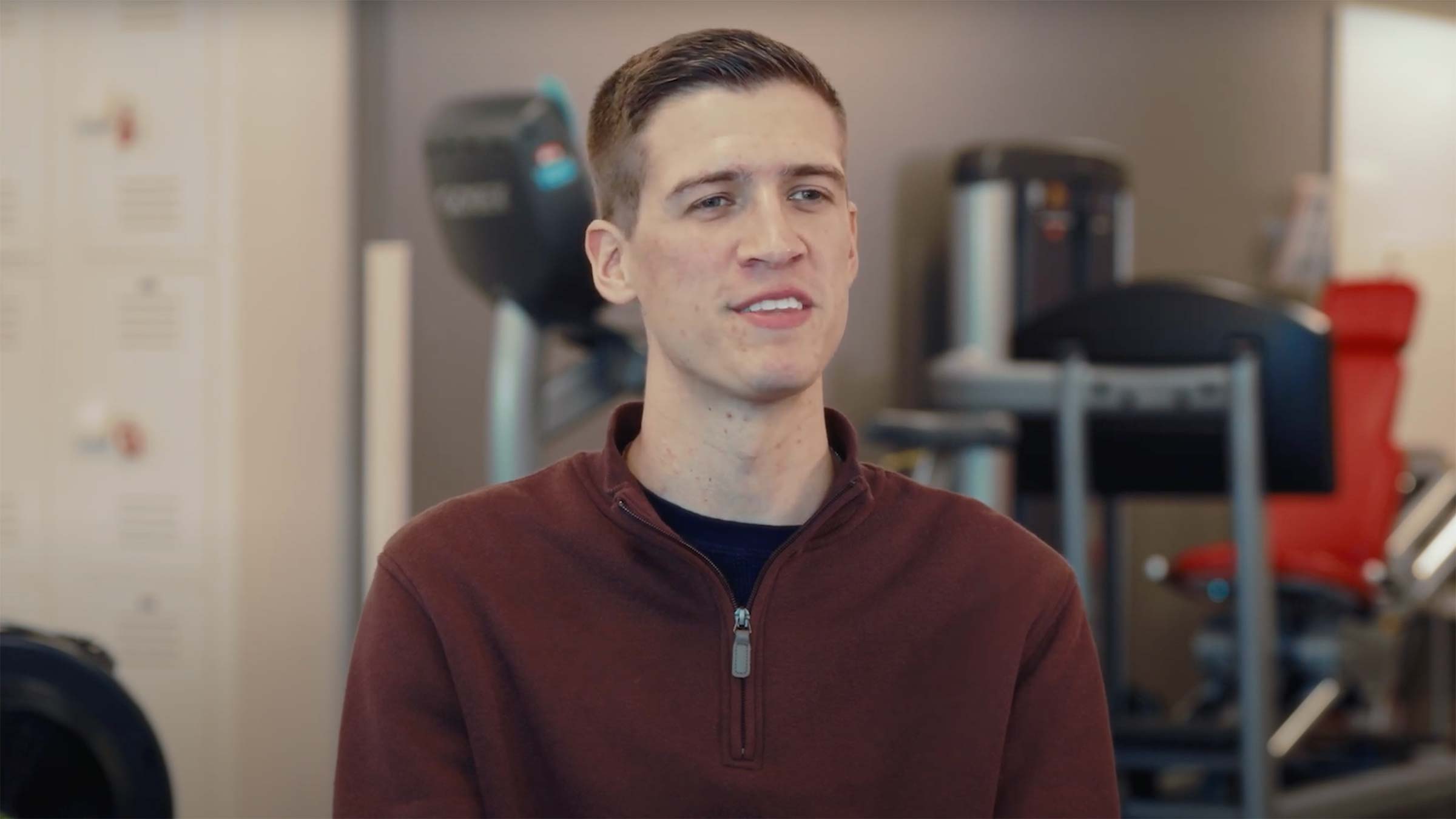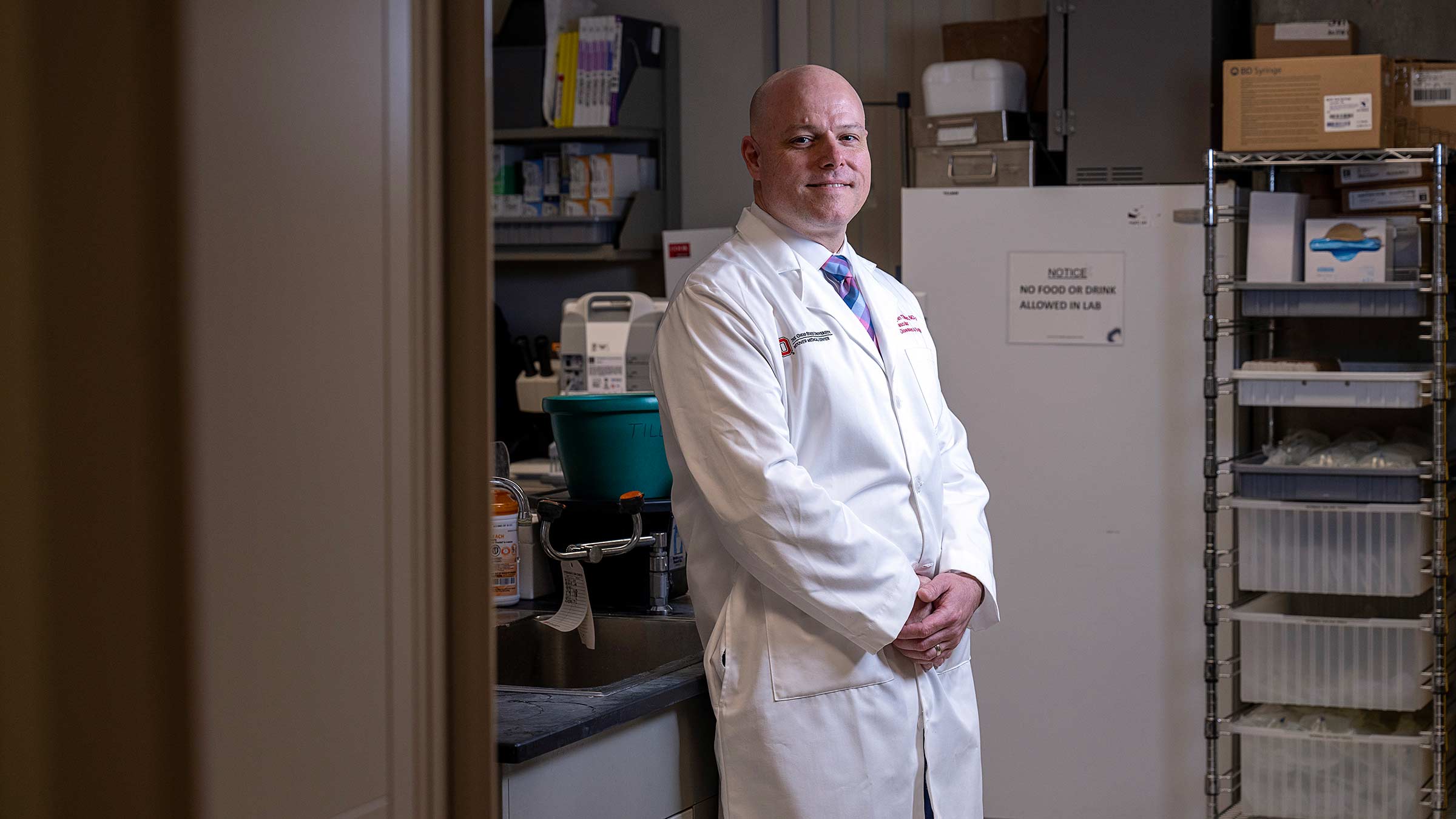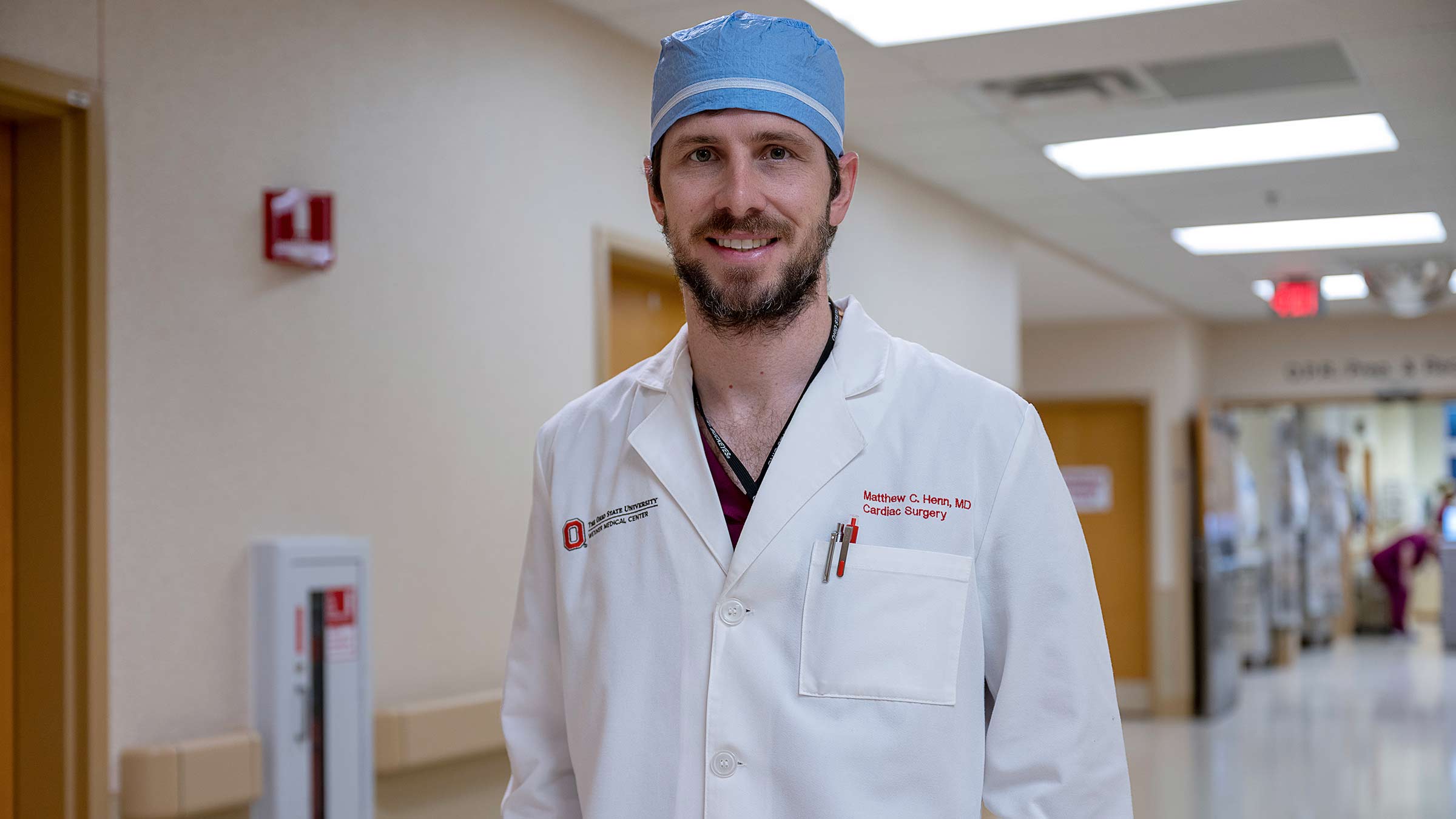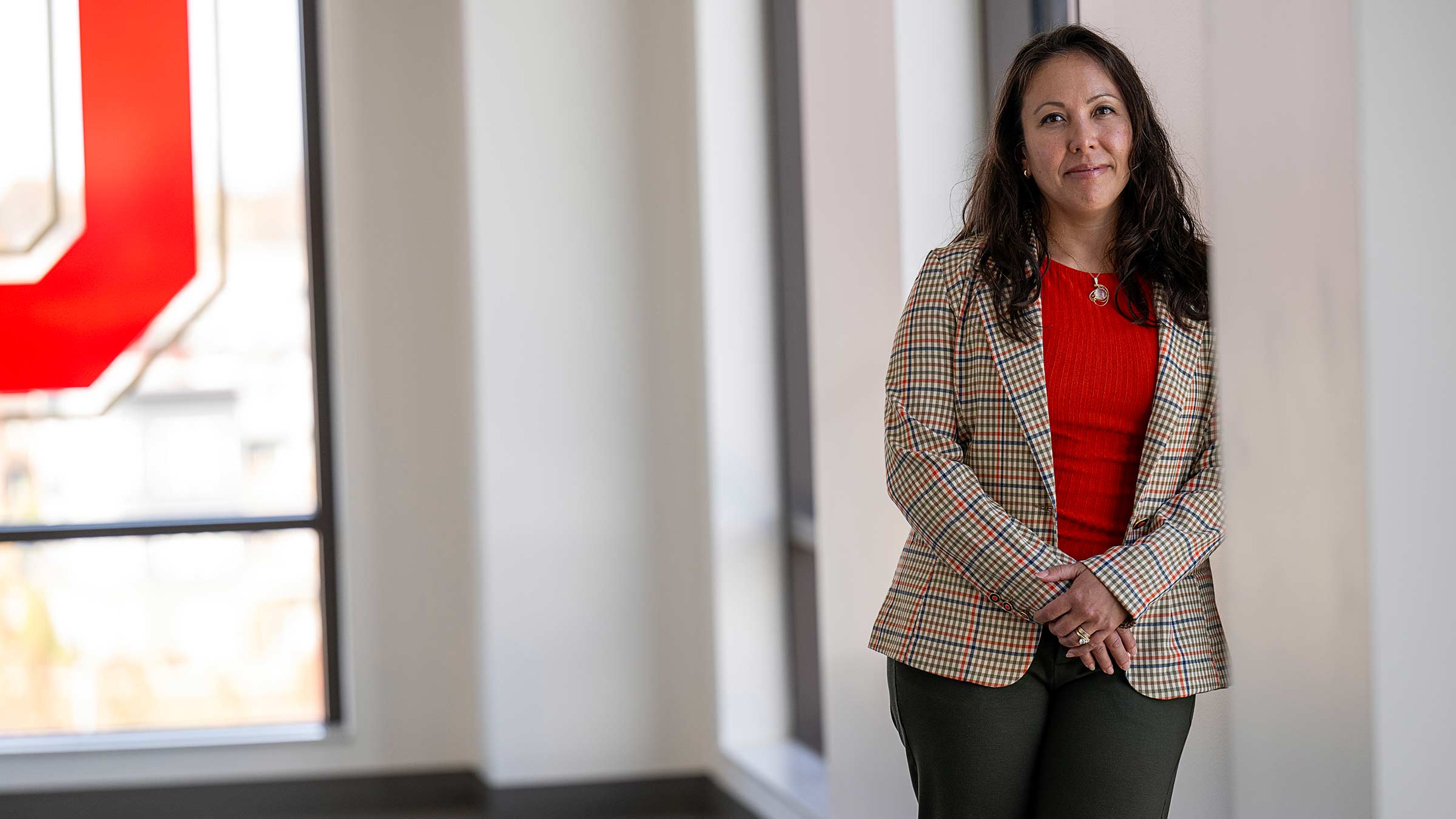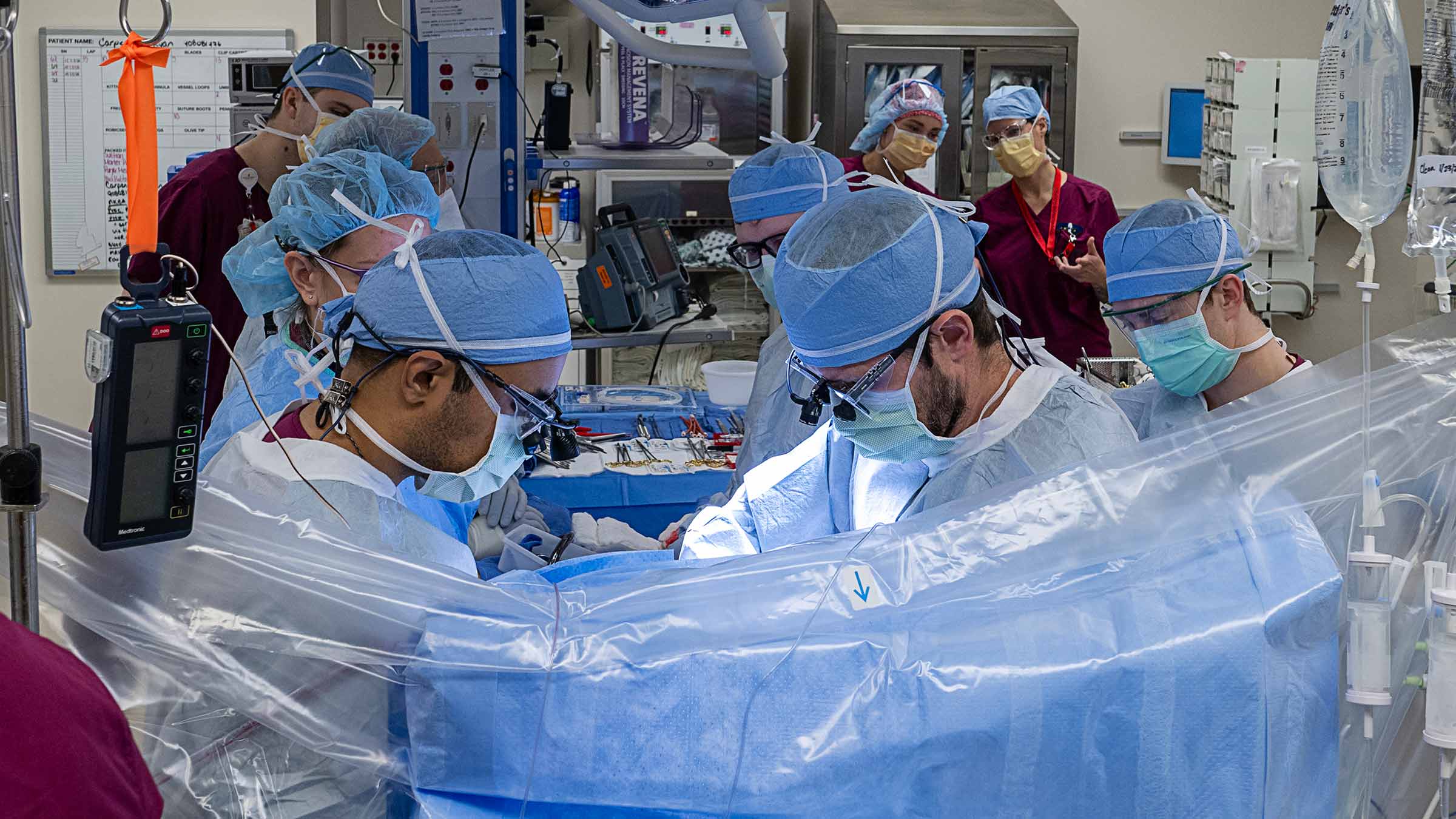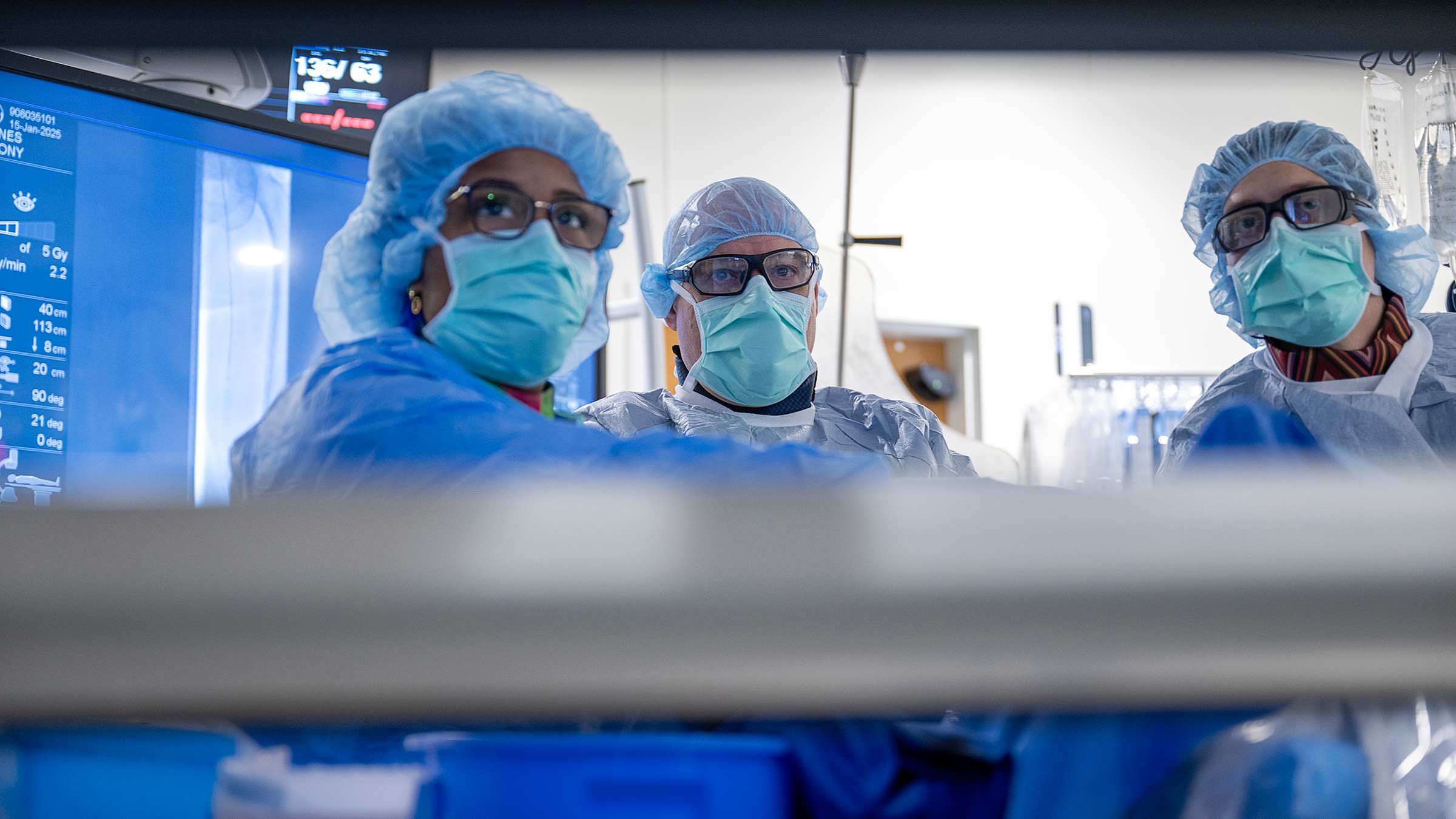Man with rare disease on road to recovery after lifesaving heart and vascular surgeries
Medical experts come together to tackle high-risk aortic case with innovative solutions.
There was a lot to consider as The Ohio State University Wexner Medical Center team huddled to discuss the best approach for saving 22-year-old Jared Kaiser.
But there wasn’t a lot of time.
Due to a tear, blood was flooding inside the wall of his aorta — the massive vessel that branches like a candy cane off the top of the heart and runs down the torso.
In a case like this, the standard emergency response is an open-chest surgery to replace the curved top of the aorta, called the aortic arch, where the tear had happened.
The surgery is risky in a best-case scenario, and Kaiser’s was no standard case.
The nature of the tear, called a dissection, meant the lower part of his body wasn’t getting the blood it needed. A rare connective tissue condition made Kaiser’s blood vessels weak, likely the cause of the tear in the first place. And a previous heart surgery placed additional risk on any new operation.
It was time to think outside the box.
The team decided on a novel approach. At the site of the dissection, vascular surgeon Bryan Tillman, MD, PhD, would place a stent — a small tube-shaped cage of metal. The goal was to redirect blood flow down the appropriate channel of the vessel and to the legs and lower vital organs.
It worked. Kaiser was out of the woods.
His aortic arch still needed to be replaced, a surgery that would take place a few weeks later under the care of cardiac surgeon Matthew Henn, MD.
But as Kaiser regained his strength in the months following that initial scare and repair, he would learn that he’d need another risky procedure.
He’d also learn that it was perhaps one of the most complex surgeries among those performed at The Ohio State University Heart and Vascular Center.
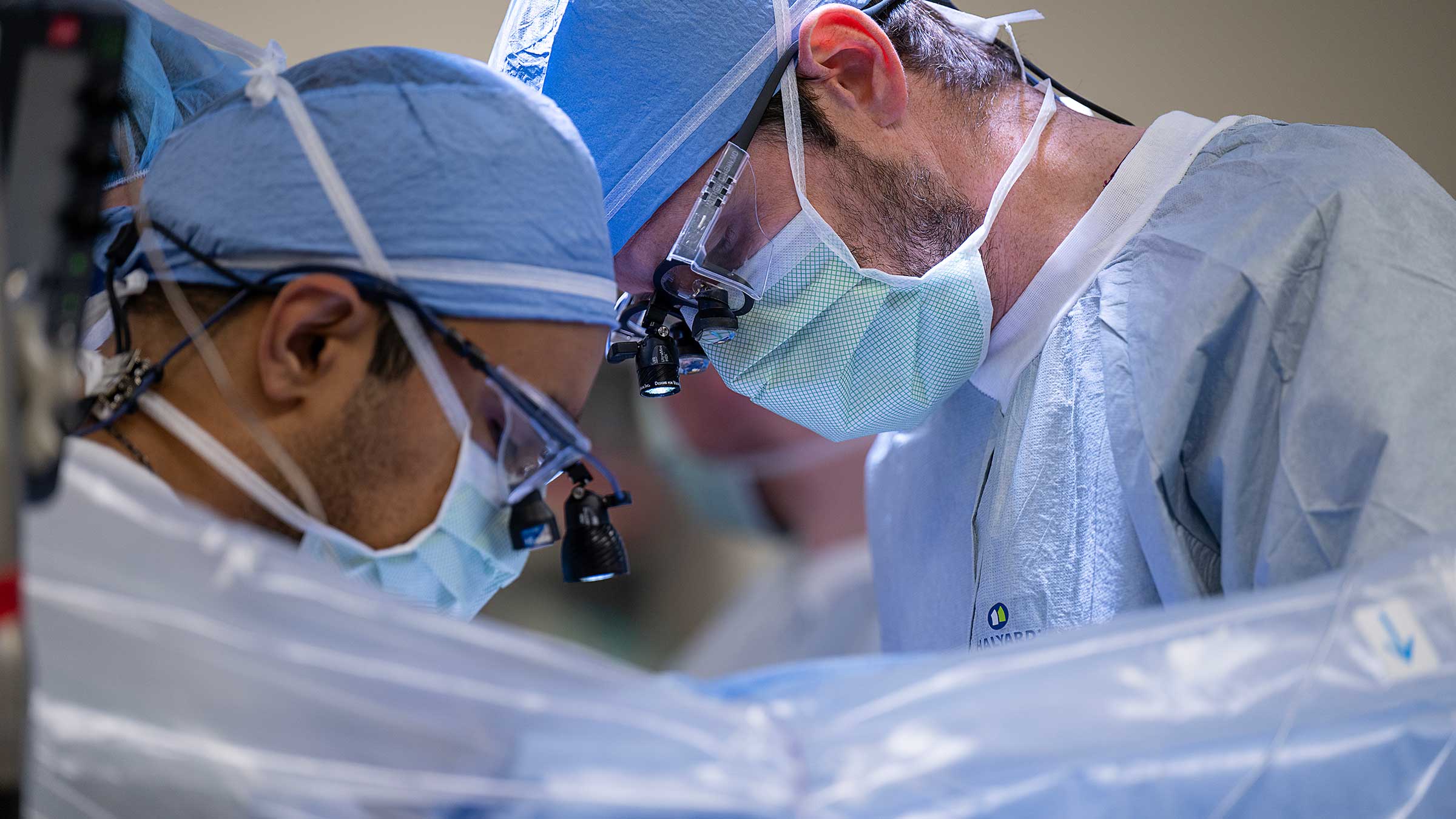
Combined expertise for complicated cases
The hope had been that the remaining aorta would settle down, Dr. Tillman says. But that didn’t happen. Instead, a portion of the vessel, a tube normally the width of a quarter, had expanded to the width of a softball.
Kaiser again risked rupture. It was time for another huddle.
Through the Aortic Center at the Ohio State Heart and Vascular Center, cardiac and vascular surgery experts come together to treat complex cases like Kaiser’s, using their combined skills in a joint effort to save high-risk patients.
The program’s experience and access to technology and research allows surgeons to offer hope to people who might otherwise be referred to hospice care, says vascular surgeon Kristine Orion, MD.
“Our patients often are told by multiple other places that they don’t really have a surgical option and there’s nothing that can be done,” Dr. Orion says.
“We’re able to help more patients at Ohio State. We like to push the envelope and try new things.”
In Kaiser’s case, she strategized with Dr. Henn and Dr. Tillman to come up with a plan they believed was Kaiser’s best option: replacing his entire aorta.
They were hopeful it would allow Kaiser to return to the normalcy of his nursing school studies, pick-up basketball games with friends and a planned trip to Disney World with his family.
A planned but serious procedure
This wasn’t a surgery to take lightly. There were Kaiser’s weak blood vessels and previous surgeries to think about. And this time, surgeons would have to ensure blood flow continued during a procedure that could last upwards of 12 hours. If things went south, Kaiser could lose his life, experience organ failure or be paralyzed.
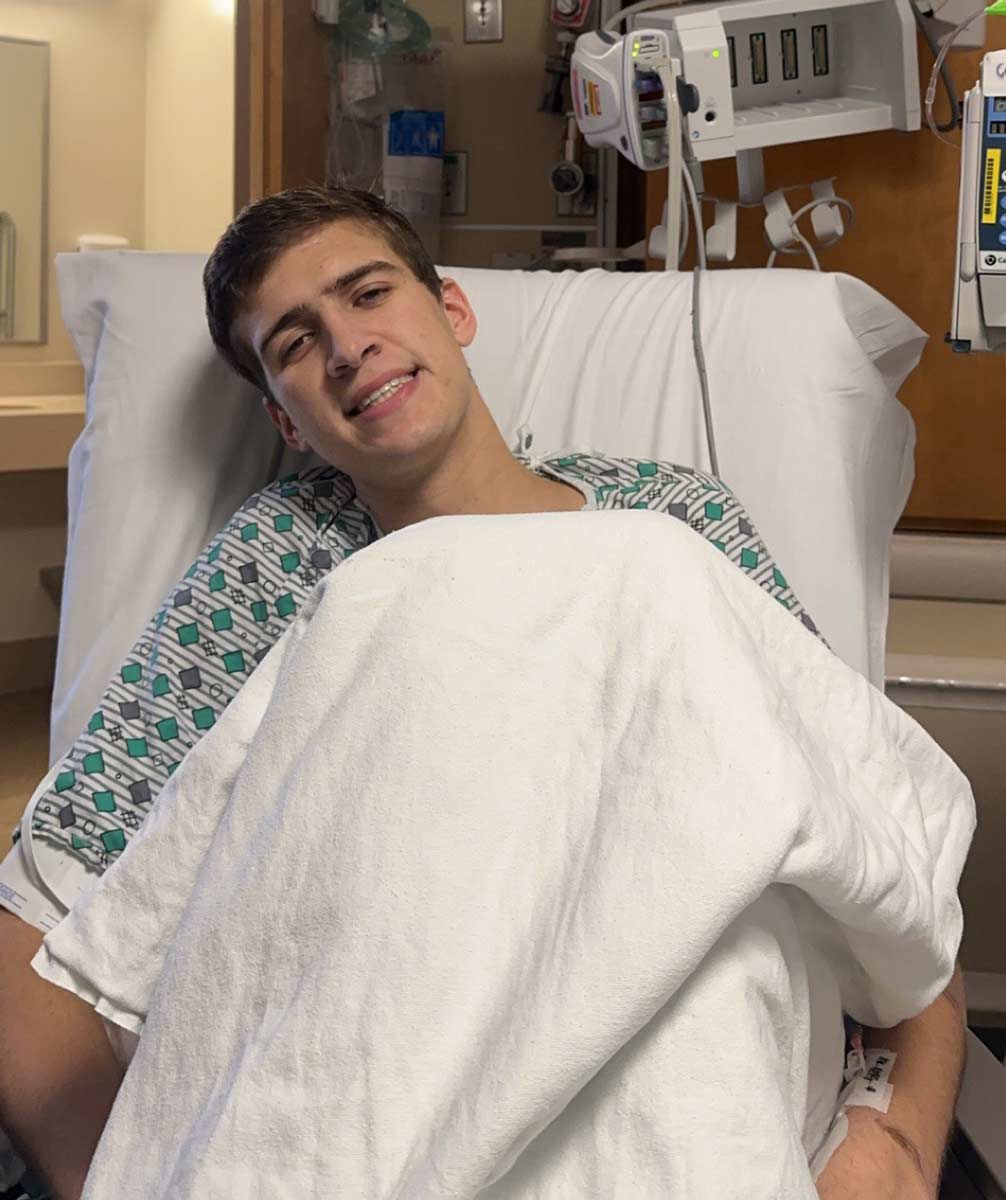 After coming this far, the decision wasn’t a difficult one for Kaiser and his family.
After coming this far, the decision wasn’t a difficult one for Kaiser and his family.
“Our mindset was to get it over with now and not sit and wait for something else to happen,” says Kaiser, of south-central Ohio. “I would rather have a nice, organized, structured surgery compared to emergency surgery.”
He also felt confident that his medical team was doing the right thing.
“They planned out every step along the way. There were no surprises,” Kaiser says. “Those three surgeons were amazing. I felt cared for, I felt like a focused patient and I felt like I was going to get the best care regardless of anything else.”
The surgery was scheduled for August 2024.
The words he had feared
Kaiser had been managing his Marfan syndrome for years with the help of Curt Daniels, MD, and The Ohio State University Wexner Medical Center’s Adult Congenital Heart Disease (ACHD) team. So he had known, eight months earlier, that something wasn’t right when a pain shot up his back as he watched a movie just a few days before Christmas.
After a scan of his heart at an emergency department, a doctor had told him, “aortic dissection,” the medical term for that tear between the layers of his aorta’s wall.
It was a moment Kaiser and his parents had feared since he was 6 years old and diagnosed with the genetic disorder, which affects the connective tissue that provides structural support throughout the body.
Marfan syndrome had limited Kaiser’s activities when he was young. He couldn’t play football; he’d had to quit basketball as a teen.
When he was 13, congenital cardiac surgeon Patrick McConnell, MD, an associate clinical professor of Surgery at The Ohio State University College of Medicine, had performed an open-heart surgery to repair an aneurysm above the base of the heart.
The procedure, called a valve-sparing aortic root replacement, was meant to help Kaiser survive a dissection should it ever happen.
Still, when Kaiser heard, “You’re having a dissection,” he was terrified he wasn’t going to make it.
A massive surgical team
As he went under for the August 2024 surgery, the massive team in the operating room included vascular surgeons who would concentrate on the aorta and other blood vessels and heart surgeons who would ensure blood flow continued from the heart to the lower body.
They were joined by anesthesiologists, nurses, perfusionists who help support the heart and lungs during surgery and others.
As the aorta was replaced with a fabric tube, care had to be taken to hand sew each smaller blood vessel branching from the large artery, leading to the spine, an organ or leg.
Total aortic replacements are rare and generally take about 12 hours to complete. Dr. Tillman estimates that surgeons at Ohio State perform about four such procedures a year. Whenever possible, they instead perform two separate procedures, one in the chest and one in the abdomen.
With Kaiser's anatomy, that wasn't possible.
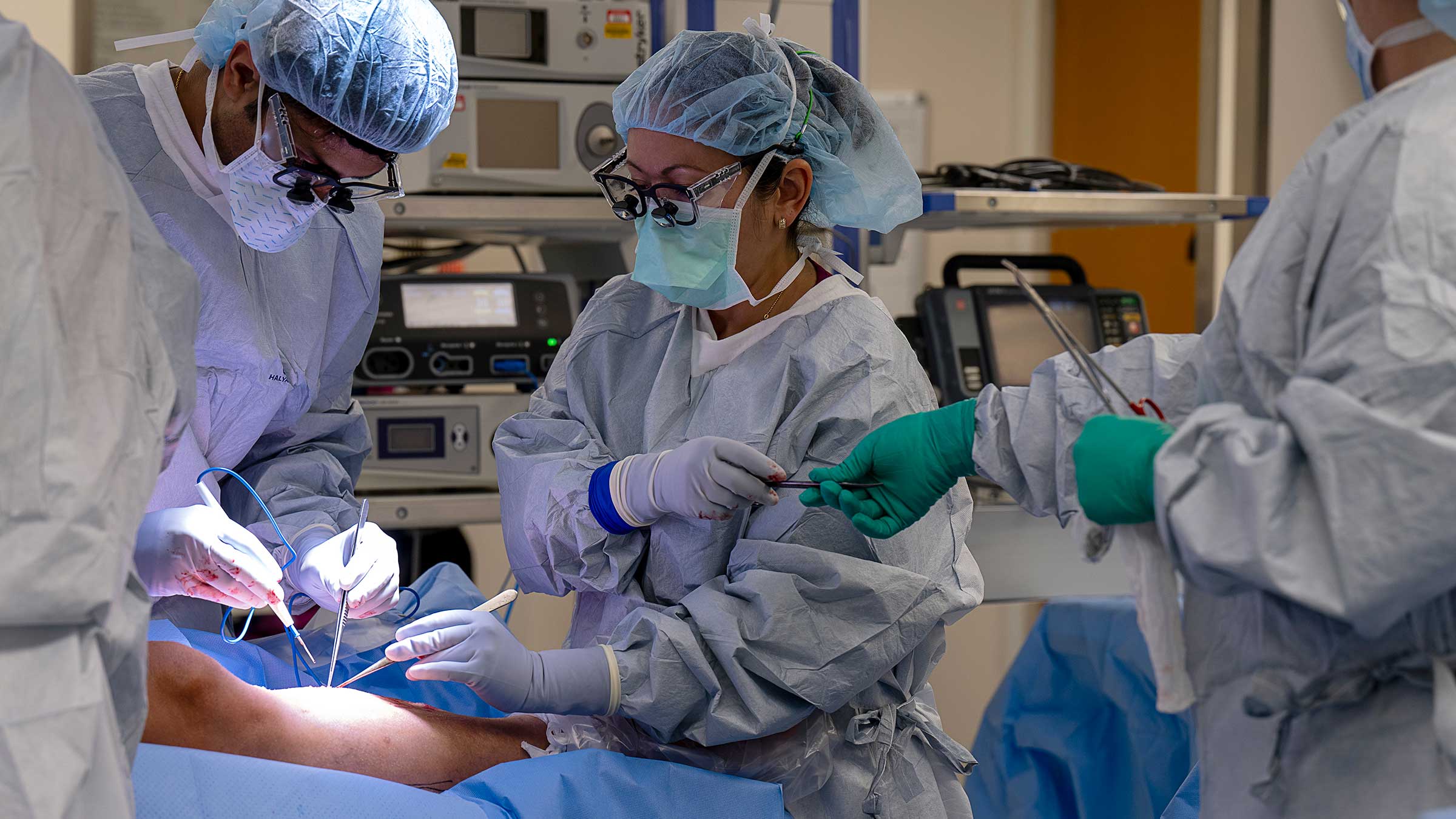
His Marfan syndrome also meant traditional stitching would likely tear through the vessels. Dr. Tillman worked from early morning into the evening, using special reinforcements while attaching about seven vessels one by one.
“We worked so closely as a team. I really feel that is critical for complex cases like these, where we really need a team approach to be able to solve big problems,” Dr. Tillman says.
“Two heads are better than one. Twelve heads are even better than that.”
Back on his feet
Kaiser’s recovery wasn’t easy. He lost use of one kidney and dropped about 40 pounds.
There have been countless hours of cardiac rehab and physical and occupational therapy. And there have been moments when he wanted to quit.
“The nurses helped make it a little bit easier,” Kaiser says. “They helped motivate me, keep me going. I wanted to give up a lot, but the nurses, the therapy teams, they push you.”
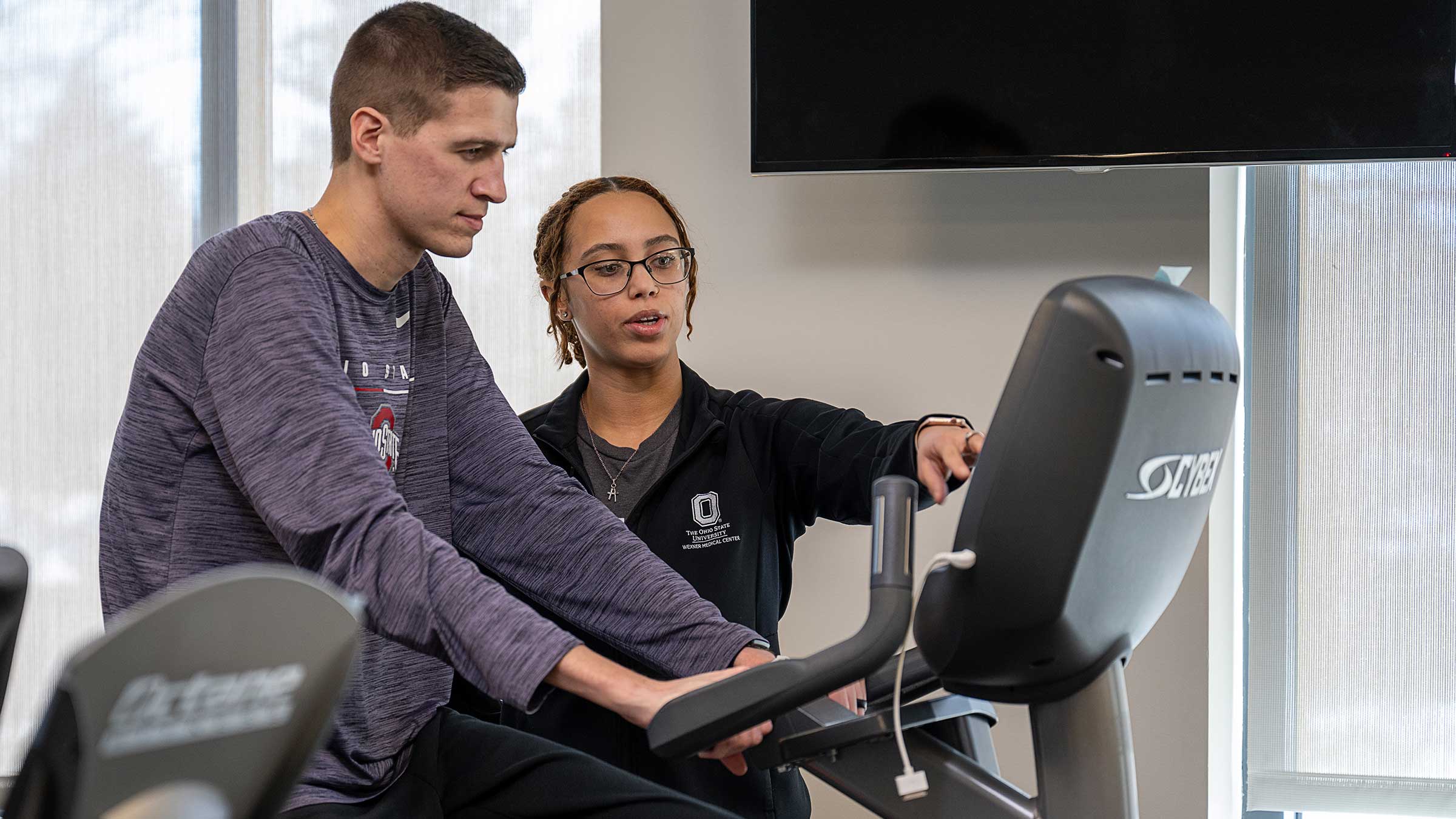
Dr. Henn numbers the members of Kaiser’s care network in the hundreds, including critical care doctors and nurses, radiation technologists and respiratory, physical and occupational therapists.
His family also was with him every step of the way.
“To his credit and to his family’s credit, they took every curveball that was thrown at him and proceeded with optimism,” Dr. Henn says. “ is a fighter and just a very special guy.”
After his first hospital stay, Kaiser was determined to keep a goal to complete the Ohio State 4 Miler, an April run/walk that finishes inside Ohio Stadium on The Ohio State University campus.
It was the first time he’d walked such a distance since his ordeal began, and he feared his body wouldn’t hold up. It took everything he had, but with his wife and the rest of his family by his side, he made it across the 50-yard line finish.
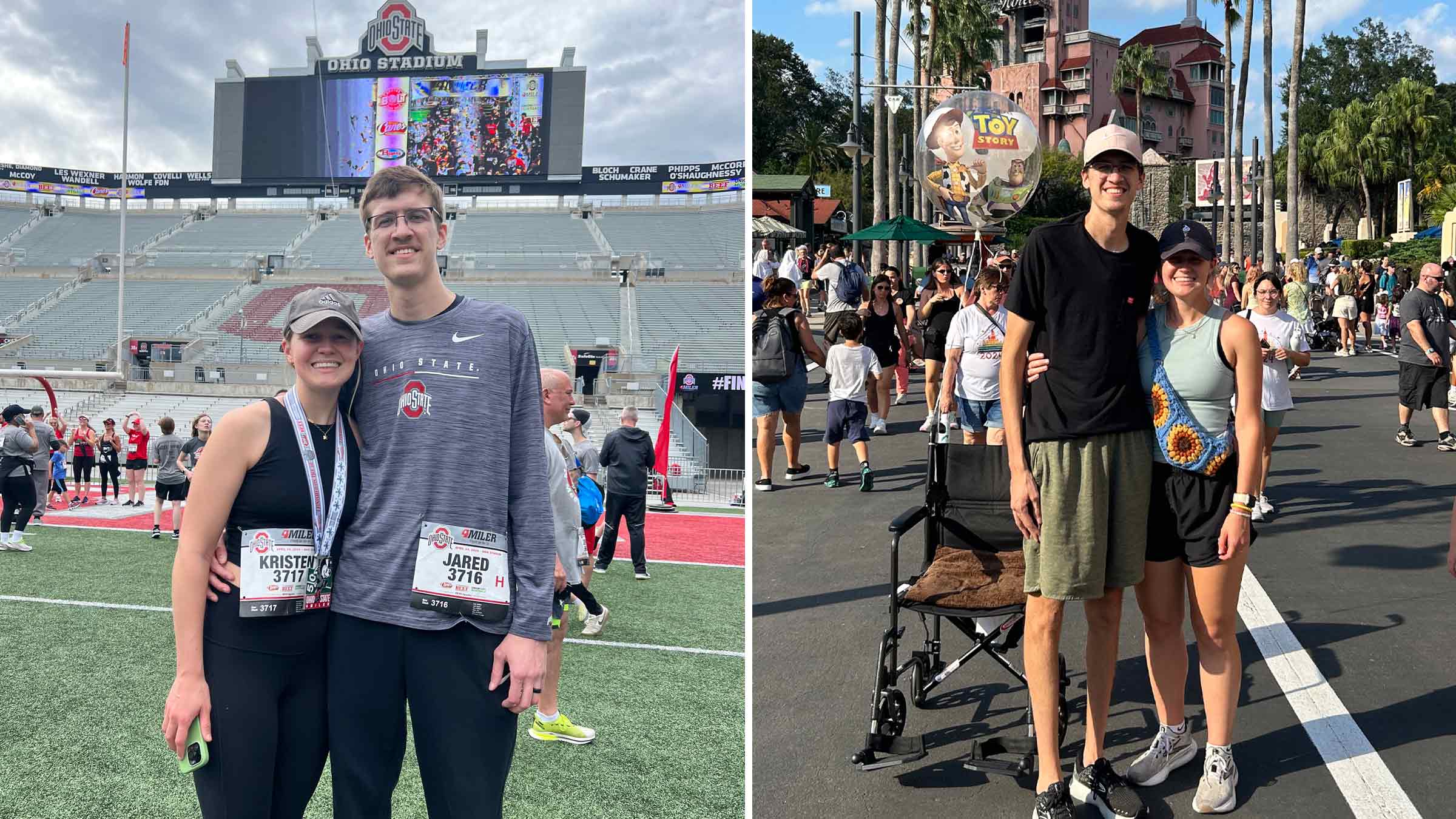
Following his final surgery, he set his sights on the Downtown Columbus Hot Chocolate Run, walking 5 kilometers with his family in November.
“Both of them, the feeling of finishing in Columbus close to where I spent so much time in the hospital, meant a lot,” Kaiser says.
It also meant a lot to the doctors who led his care team, who value the relationships that allow patients like Kaiser to recover from otherwise catastrophic injuries.
“I’m just thrilled with how Jared has recovered,” Dr. Henn says. “I’m really proud of the team that we have here, to be able to take an extremely complex situation like this and get him through and back to his life.”

Where you start your heart and vascular care matters
Ohio State is home to central Ohio’s only heart hospital ranked "Best" by U.S. News & World Report
Heart and vascular appointments
Hope, Discovery and Impact
Your donation helps patients like Jared receive world-class care right here at Ohio State.
Donate to advance lifesaving care


